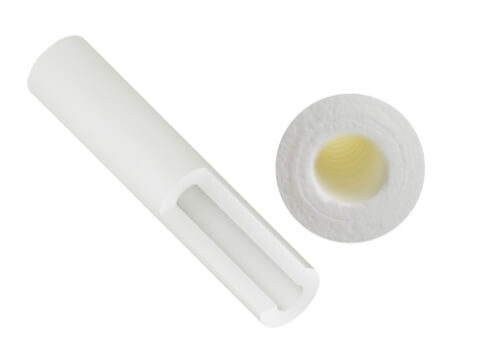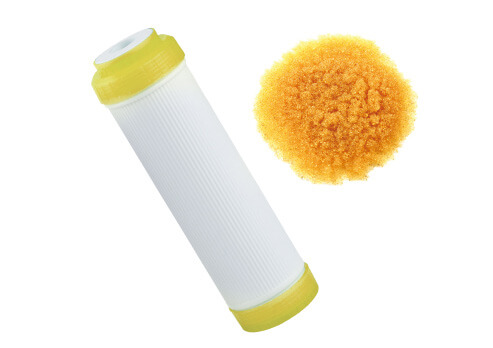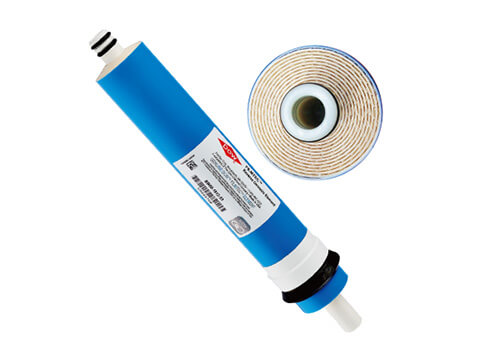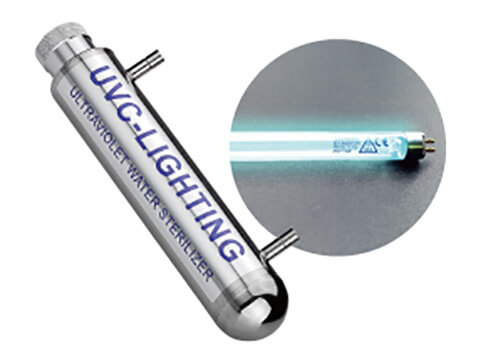Top 5 Water Filtration Technologies for Cleaner, Safer Drinking Water
Water filtration is an essential process in safeguarding public health and improving the quality of water in industrial, commercial, and residential settings. To meet the demands of the various conditions in which water can be found, and to achieve the desired water quality, numerous technologies have been developed specifically for these purposes. In this article, we will examine five of the most common methods used in water filtration, explore how each technology functions, and discuss their unique applications and benefits.
1. Physical Filtration: Polypropylene (PP) Fiber Filters
Physical filtration involves removing particles and sediments from water through a physical barrier. The most common type of filter used for this is a polypropylene filter, usually referred to as a PP filter for short. Polypropylene, a thermoplastic polymer, is melted and extruded into very fine fibers. These fibers are formed into a mat with a graded density that allows for the progressive trapping of particles, making them effective at removing dirt, dust, and rust. They are designed to be used for high volume flow rates with the low-pressure drop, making them ideal for use in both point-of-entry systems in homes and protective pre-filtration in industrial processes.
Manufacturing Insights
Polypropylene filters are typically produced through a process called melt-blown extrusion. Here's a step-by-step overview of how these filters are made:
- Polypropylene Resin Selection: For water filters, the polypropylene resin often contains specific additives to enhance hydrophobic properties or antimicrobial characteristics, depending on the filter's end use.
- Melting: The polypropylene pellets are fed into an extruder, where they are heated and melted at a high temperature.
- Extrusion: The molten polypropylene is extruded through small nozzles in a die. As it exits the nozzles, high-speed hot air streams blow the molten polymer, stretching it into very fine fibers. This process is crucial as it determines the fiber's thickness and length.
- Cooling: The fibers are cooled rapidly in the air as they solidify into fine threads. This quick cooling is essential to prevent the fibers from bonding together too early.
- Collection: The fibers are collected on a moving conveyor belt or drum, forming a fabric-like mat. This mat can vary in density and thickness based on the intended use and the specifics of the manufacturing process.
- Bonding: The fibers may be thermally, chemically, or mechanically bonded to increase the durability and structural integrity of the filter material.
- Finishing: The fiber mat is then cut and shaped into filters. Additional treatments or coatings might be applied to enhance filtration properties or add functionalities like microbial resistance.
2. Adsorption: Activated Charcoal (Carbon)
Activated charcoal filters use carbon adsorption to remove contaminants and impurities through chemical attraction. The carbon in activated charcoal is treated to create a pore structure with a large surface area, enhancing its ability to capture organic compounds, chlorine, chloramines, and other taste-affecting compounds in water. This technology improves water taste and removes odors in drinking water without the use of chemicals.
Manufacturing Insights:
Activated charcoal can be made from a variety of starting materials, such as coconut shells, wood, or coal. The process begins by heating these materials in a low-oxygen environment, a process called pyrolysis, which carbonizes them by removing volatile compounds. The resulting char is then activated through either a physical or chemical process. In the physical activation method, the char is heated again at very high temperatures in the presence of steam or carbon dioxide, which opens up the internal pores and increases the surface area. In the chemical activation method, the char is treated with chemicals like phosphoric acid or potassium hydroxide before heating, which also helps develop the porous structure. Coconut shell-based activated charcoal is particularly valued for its high density and large surface area, making it highly effective for filtration and adsorption applications.
Unique Applications
Beyond drinking water purification, activated charcoal is used in medical settings to treat poisonings and overdoses, underscoring its powerful adsorption capabilities.
3. Ion Exchange: Water Softening
Ion exchange is a chemical filtration process where undesirable ions are swapped for more desirable ones. Ion exchange resin filter cartridge is particularly effective in water softening, where calcium and magnesium ions are replaced with sodium (or potassium) ions, preventing scale buildup and enhancing the effectiveness of soaps and detergents.
In this process, water passes through a resin bed composed of tiny beads charged with sodium or potassium ions. When hard water contacts these beads, calcium, magnesium, or other undesirable ions like iron or heavy metals are attracted to and adhere to the resin, displacing the sodium ions into the water.
Over time, the resin becomes saturated with undesirable ions and must be regenerated using a high concentration of saltwater solution to flush out the hard minerals and recharge the beads with sodium, readying the system for further use.
Unique Applications
Ion exchange technology is used in deionization processes in laboratories and manufacturing, where ultra-pure water is crucial.
4. Pressure-Driven Membrane Processes: Reverse Osmosis and More
Pressure-driven membrane processes, such as reverse osmosis (RO), use a semi-permeable membrane to remove impurities from water. In reverse osmosis, high pressure is applied to the water on one side of the membrane. This pressure forces water molecules through the membrane while blocking larger molecules and ions like salts, bacteria, and viruses. The water that passes through the membrane is called the permeate and is substantially free of dissolved solids and contaminants. The remaining water, which contains the concentrated impurities, is referred to as the brine or reject stream and is usually discarded or treated further. RO membrane cartridges are highly effective for producing clean drinking water, treating wastewater, and various industrial applications where pure water is essential.
Unique Applications
RO is indispensable in desalination processes where salt and other minerals are removed from seawater or brackish water to produce fresh water suitable for human consumption, agriculture, and industrial uses.
In the food and beverage industry, pressure-driven membrane processes are used in the production of concentrated fruit juices, wine clarification, and milk processing to concentrate flavors, remove particulates and bacteria, and separate specific components. This not only enhances product quality but also increases shelf life and purity.
These processes are crucial in the pharmaceutical industry for the precise separation of bioactive compounds, the purification of antibiotics, and the concentration of vaccines.
5. Ultraviolet Sterilization
Although not actually a filtration method per se, ultraviolet (UV) sterilization is commonly used in conjunction with other filter methods to neutralize bacteria, viruses, and protozoa, ensuring water safety without the use of chemicals.
UV sterilization works by exposing microorganisms to UV light, which disrupts the DNA and RNA of bacteria, viruses, and other pathogens, preventing them from replicating or performing vital cellular functions, effectively killing or deactivating them. The process is quick and effective, typically taking only seconds to minutes depending on the intensity of the UV light and the opacity of the water or surface being treated. Besides its common use in disinfecting drinking water, UV water disinfection system is widely used to sanitize air and surfaces in hospitals, laboratories, and water treatment facilities.
Conclusion
Understanding the function and benefits of each water filtration method is vital for selecting the most suitable technology for your specific needs. From physical barriers to chemical processes and ultraviolet sterilization, each method offers distinct advantages for enhancing water quality in various environments. Most water professionals are well-trained in these technologies and can guide you through the selection process, ensuring you choose a filtration system that best meets your requirements and delivers optimal results.






